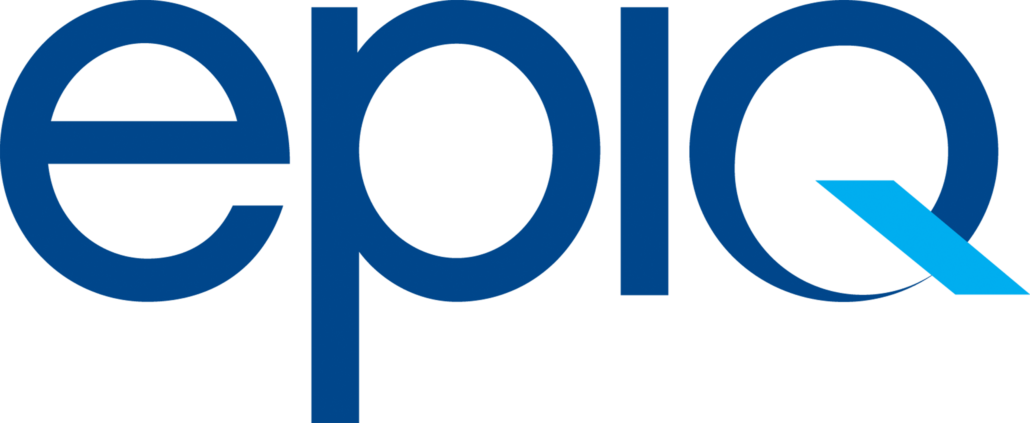
Extract from Epiq’s article “Data Governance vs. Information Governance-Know the Difference”
Data governance and information governance may sound like interchangeable terms, but they are not. Both have unique histories and have evolved over time, but they also overlap in several ways. In the evolving digital landscape, it is crucial to identify how these processes differ and complement one another. While it is true these are two separate disciplines, with the proper strategies in place they work together in perfect synergy. Investing in both areas and creating workflows allowing these processes to intertwine can benefit business in several areas. This includes improvement to data quality, compliance, risk management, and decision-making.
Distinctions
A simple way to distinguish the two disciplines is through a LEGO metaphor. Data governance represents the individual LEGO pieces while information governance incorporates the sorting, arrangement, and creative structures that can be built using those pieces. To better understand the distinctions, let’s look at how each has evolved over time.
Data governance has a longer history going back to the 1960s. It involves the processes and technologies used to organize, store, and protect data assets within an organization. It is primarily focused on ensuring data accuracy, accessibility, and availability. The explosion of data, increase in data breaches, and expanded privacy laws around the globe have shifted this practice. Organizations are now increasing their focus on improving the mechanisms used to manage and secure their data. The availability of data analytics and business intelligence tools has also added to the value of having quality data.